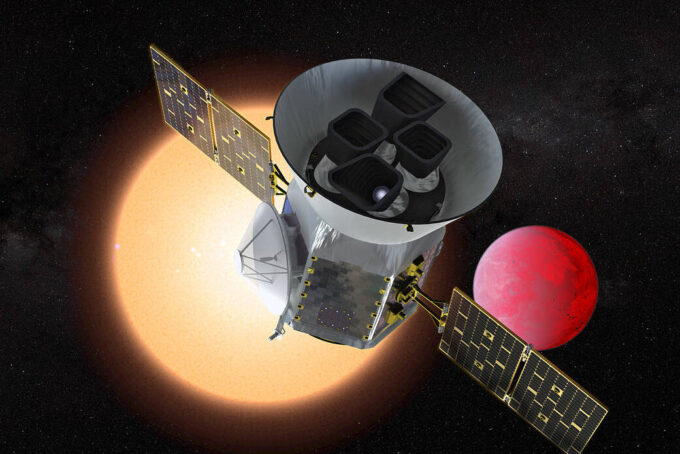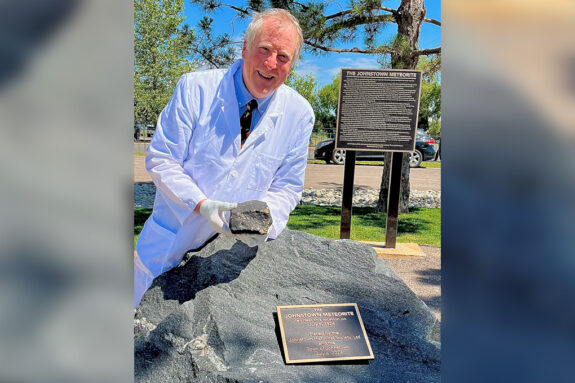Data captured from TESS, which is a NASA Astrophysics Explorer mission led and operated by MIT and managed by NASA’s Goddard Space Flight Center, has been keeping astronomers busy, leading to some incredible discoveries recently announced.
NASA’s Transiting Exoplanet Survey Satellite (TESS) has discovered its first Earth-size planet in its star’s habitable zone, the range of distances where conditions may be just right to allow the presence of liquid water on the surface. Scientists confirmed the find, called TOI 700 d, using NASA’s Spitzer Space Telescope and have modeled the planet’s potential environments to help inform future observations. Full story: NASA Planet Hunter Finds its 1st Earth-size Habitable-zone World
Astronomers using data from NASA’s Transiting Exoplanet Survey Satellite (TESS) have shown that Alpha Draconis, a well-studied star visible to the naked eye, and its fainter companion star regularly eclipse each other. While astronomers previously knew this was a binary system, the mutual eclipses came as a complete surprise. Full story: Surprise! TESS Shows Ancient North Star Undergoes Eclipses
TOI 1338 b, as it is now called, is TESS’s first circumbinary planet, a world orbiting two stars. The discovery was featured in a panel discussion on Monday, Jan. 6, at the 235th American Astronomical Society meeting in Honolulu. Full story: NASA’s TESS Mission Uncovers Its 1st World With Two Stars
Using data from NASA’s Transiting Exoplanet Survey Satellite (TESS), astronomers have captured a clear start-to-finish image sequence of an explosive emission of dust, ice and gases during the close approach of comet 46P/Wirtanen in late 2018. This is the most complete and detailed observation to date of the formation and dissipation of a naturally-occurring comet outburst. Full story: NASA’s Exoplanet-Hunting Mission Catches a Natural Comet Outburst in Unprecedented Detail
Story Image: Artist concept of TESS in front of a lava planet orbiting its host star. (Credit: NASA’s Goddard Space Flight Center)



